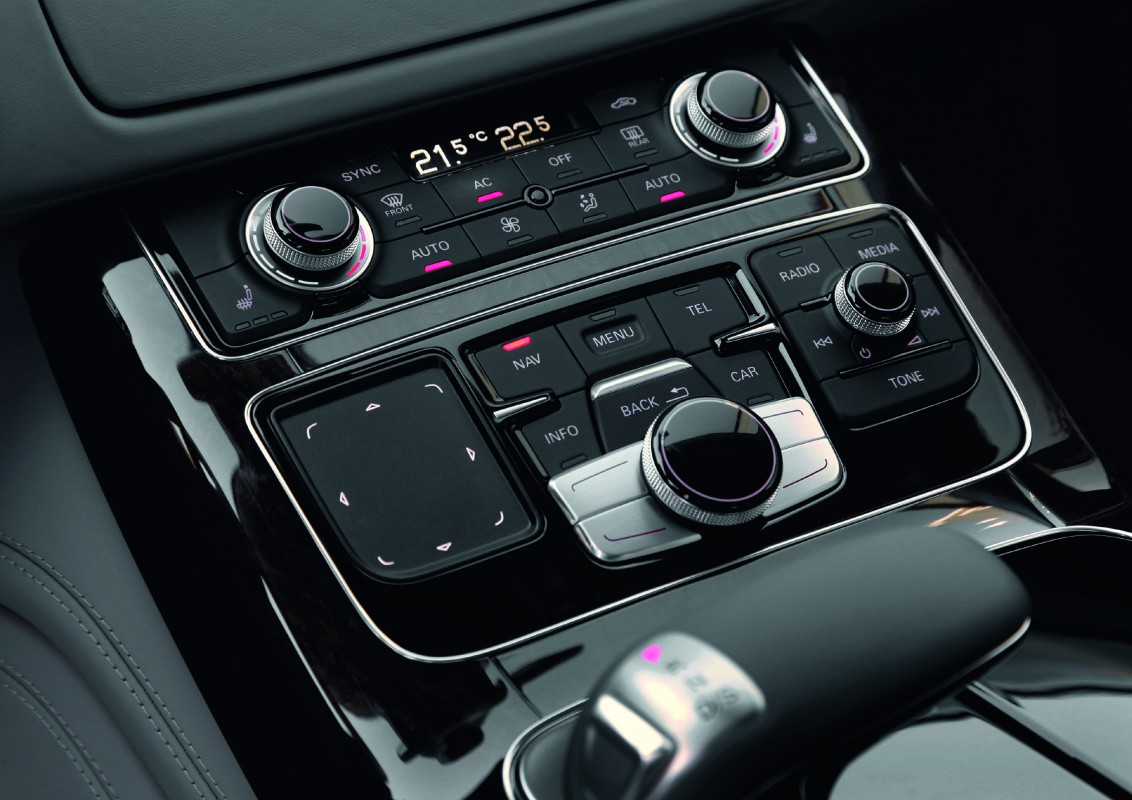In late May 2014, Google discovered a new prototype of its driverless car, which had no steering wheel, gas pedal, or brake pedal, being 100% self-directed and divulged a fully functioning prototype in December of that year that they scheduled to test on San Francisco Bay Area roads beginning in 2015. It was the first
driverless ride that was on a public road and was not escorted by a test driver or police companion. The car had no steering wheel or floor pedals.

In December 2016, the unit was retitled Waymo, and rolled off as its own separate division. Waymo is derived from its mission, "a new way forward in mobility". Waymo is an autonomous car development company turned out of Google's parent company, Alphabet Inc., in December 2016. It then took over the self-driving car project which Google had begun in 2009. Alphabet defines Waymo as "a self-driving tech company with a mission to make it safe and easy for people and things to move around". The new company, which will be headed by long-time motorized executive John Krafcik, is working towards making self-driving cars accessible to the public soon. The project team has well-found a number of different types of cars with the self-driving equipment, including the Toyota Prius, Audi TT, and Lexus RX450h, Google has also developed their own custom vehicle, which is assembled by Roush Enterprises and uses gear from Bosch, ZF Lenksysteme, LG, and Continental. In May 2016, Google and Fiat Chrysler Automobiles proclaimed an order of 100 Pacifica hybrid minivans to test the technology on.

Google's robotic cars have about $150,000 in equipment including a $70,000 LIDAR system. The range finder straddling on the top is a Velodyne 64-beam laser. This laser allows the vehicle to generate a comprehensive 3D map of its environment. The car then takes these created maps and combines them with high-resolution maps of the world, producing different types of data models that allow it to drive itself.
As of June 2014, the system works with a very high definition inch-precision map of the area the vehicle is predictable to use, including how high the traffic lights are; in addition to on-board systems, some reckoning is accomplished on remote computer farms.







